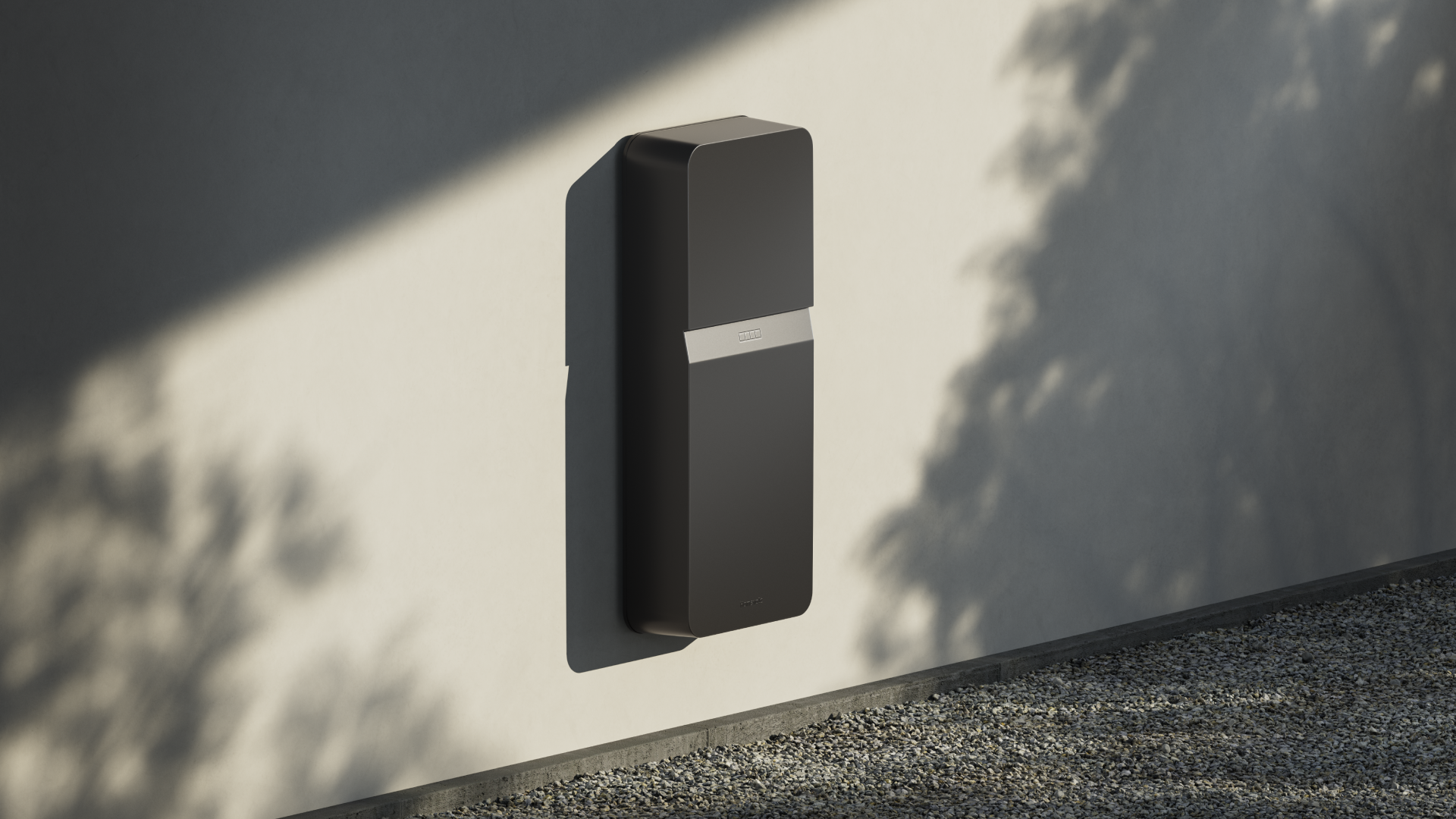Tibber with a solution to a known problem: Willing to sell batteries for your house wall.
After the electricity meter became so smart that it measures your electricity consumption on an hourly basis, it has become much more expensive to use electricity during peak periods.
There can be very large price differences on one and the same day. In general, the electricity price is mostly more expensive in the morning and afternoon than it is at night. This is because the more people who use electricity, the more expensive the electricity is priced.
In 2022, we had days where the price was over ten times as expensive during the press periods than at the lowest point during the day.
In today’s situation, consumers are forced to deal with the highly fluctuating prices. Although in theory you can postpone the shower and cooking by a few hours to avoid the worst price spikes, this is impractical in the long run.
Tibber will do away with that when they now launch a new battery. The battery must have technology that ensures that it is recharged from your solar cells on the roof, or from the grid when the price is at its lowest. When the price is high, you would rather eat up the battery power than use power directly from the grid.
– Our customers have asked about this. There are more people who have solar cells on the roof or dislike the large fluctuations in electricity prices. Then batteries are a good solution. The systems that have been on the market have been both complicated and not so pretty to look at. We have created a more user-friendly offer, says Edgeir Aksnes.

Shifts consumption
The battery must have a capacity of 6.6 or 13.3 kilowatt hours. A household has a normal consumption of 44 kilowatt hours a day, or 16,000 a year. There are large variations, and detached houses use significantly more electricity than this.
The price will be 90,000 for the smallest battery, while the large one will cost 130,000. A large solar system installed on a detached house can produce around 10,000 kilowatt hours a year, and with perfect conditions can produce up to 100 kilowatt hours a day, which is roughly the same amount of power as the battery of a large, modern car.
A battery of 13.3 kilowatt-hours might sound a bit meager?
– The idea of the size is not that you should have the capacity for a day’s consumption, but that you move the consumption away from the pressure periods. It must happen seamlessly with smart management, says Aksnes.
Elvia has advocated because support should be introduced for batteries for homeowners with solar cells on the roof. The argument was that when more people buy solar cells, it may become difficult to feed this electricity into the grid. This is currently a small problem, but it is expensive to upgrade the network.
Aksnes says the product is intended for detached houses and terraced houses, not apartments.
– I think we are moving in the direction that you will see this in apartments in a few years, but we are not there yet, says Aksnes.
Electric car as battery
Tone Svendsen Endal in the environmental foundation Zero is positive about battery solutions. When in future we switch to a more weather-dependent power system, we will need more storage, she says.
– Batteries are a mature technology now. It is good that you look at it for private individuals as well, who can save money by spreading consumption out. At the same time, the resources from which batteries are built are limited. If everyone has a large battery pack in the car, you may not need more batteries inside the house, says Endal.
Another point is that it is the peaks in electricity consumption that mean that you have to make expensive expansions of the electricity network.
The idea of using the electric car as a power bank is well known, but it is not the case that the car industry is necessarily positive about it. At Tesla, for example, you lose the warranty if you use the car as a battery for your house.
2023-06-02 15:13:54
#battery #solution #cheap #shower #electricity #rush
